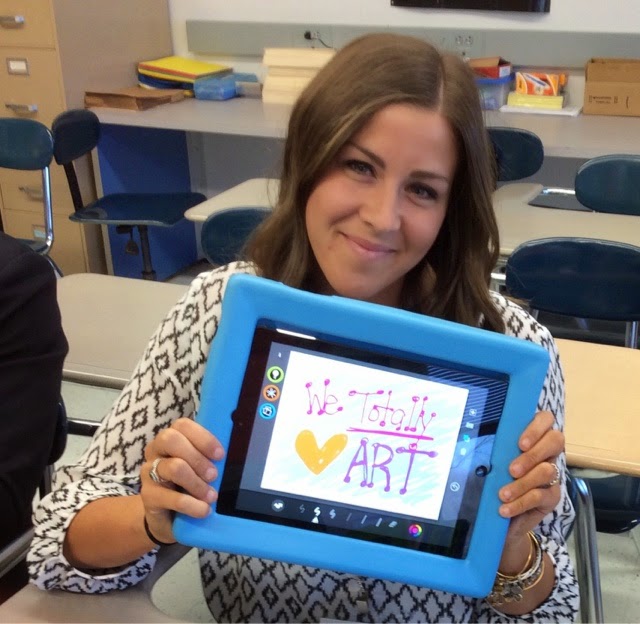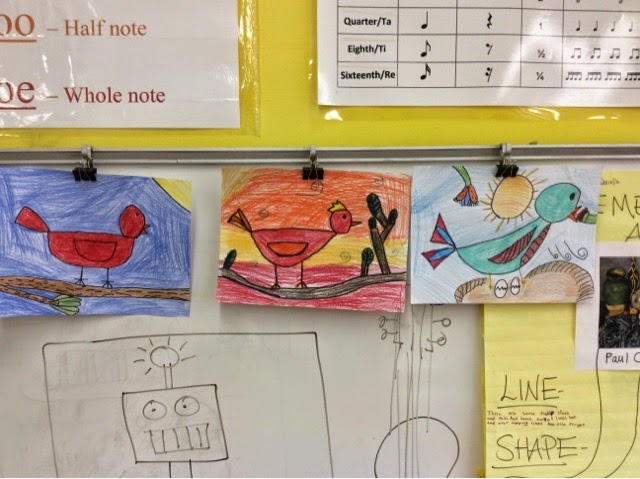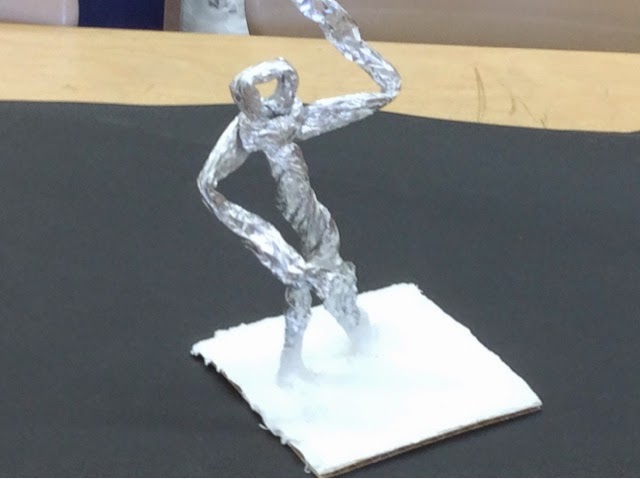End of the year highlights

This has been a year full of positivity and surprises. The biggest surprise for me has been how much I enjoy blogging and tweeting. I never thought I would gain as much as I have from these two modes of social media. Through this blog, I have been able to journal about my experiences with lessons, workshops, and art shows, creating a visual diary for me as well as a method for sharing these experiences with anyone who wants a window into my art classes. Twitter has honestly opened up a whole new professional world for me. By building a professional learning network on Twitter (honestly, I have no idea how I became connected initially with these wonderful, creative people, but I am so happy that I did!), I have art educators that I can share ideas with, ask questions of, and chat with about best practices and a variety of topics important to our community. Art teachers can often be the only one of their kind in a building, so it is often hard to have a team of art...





